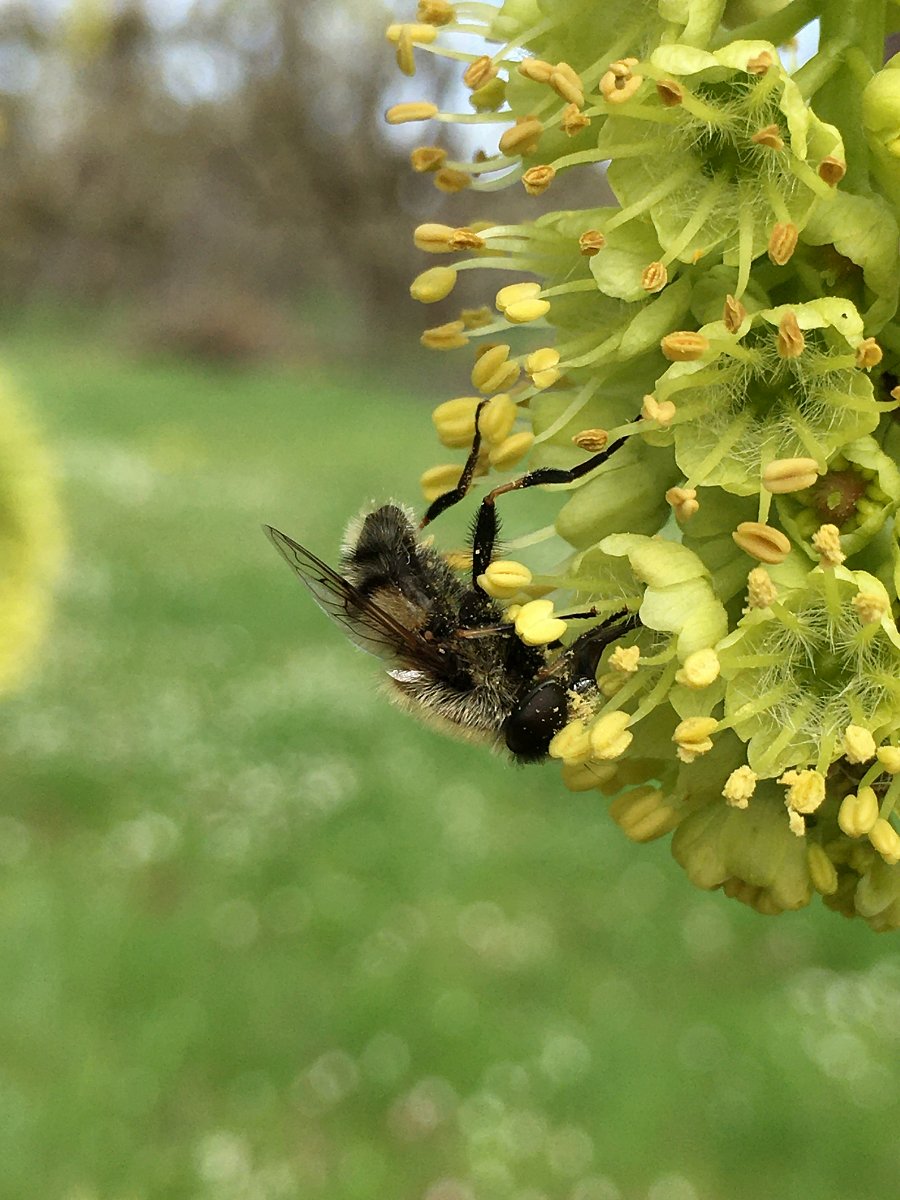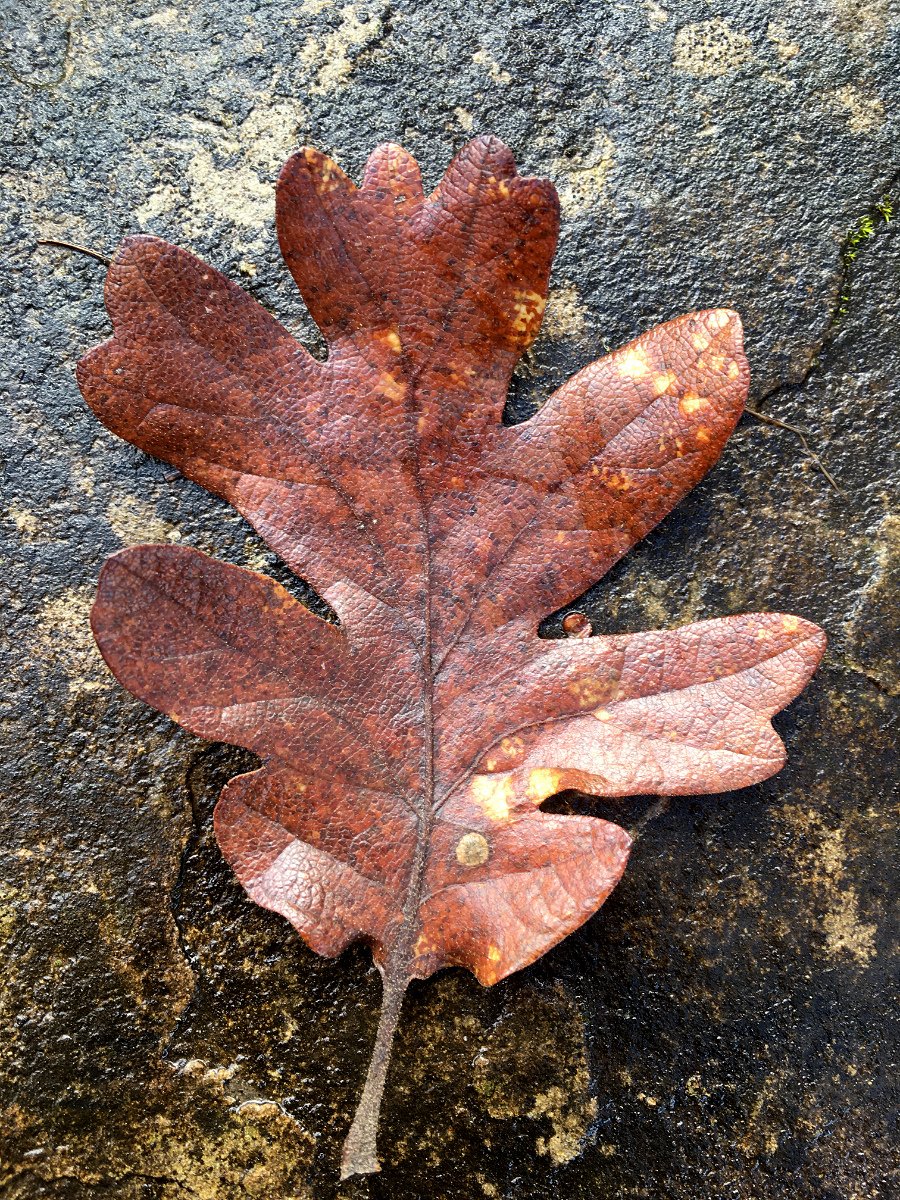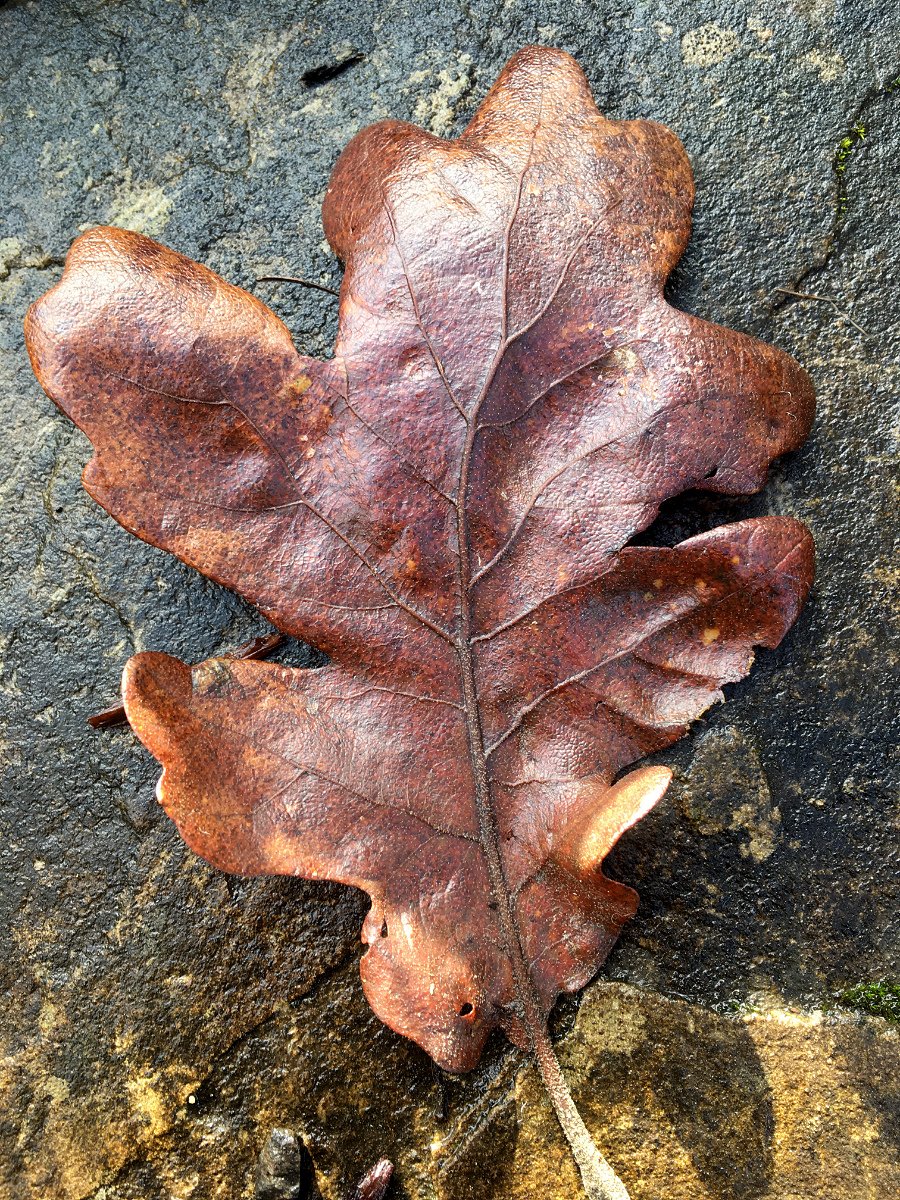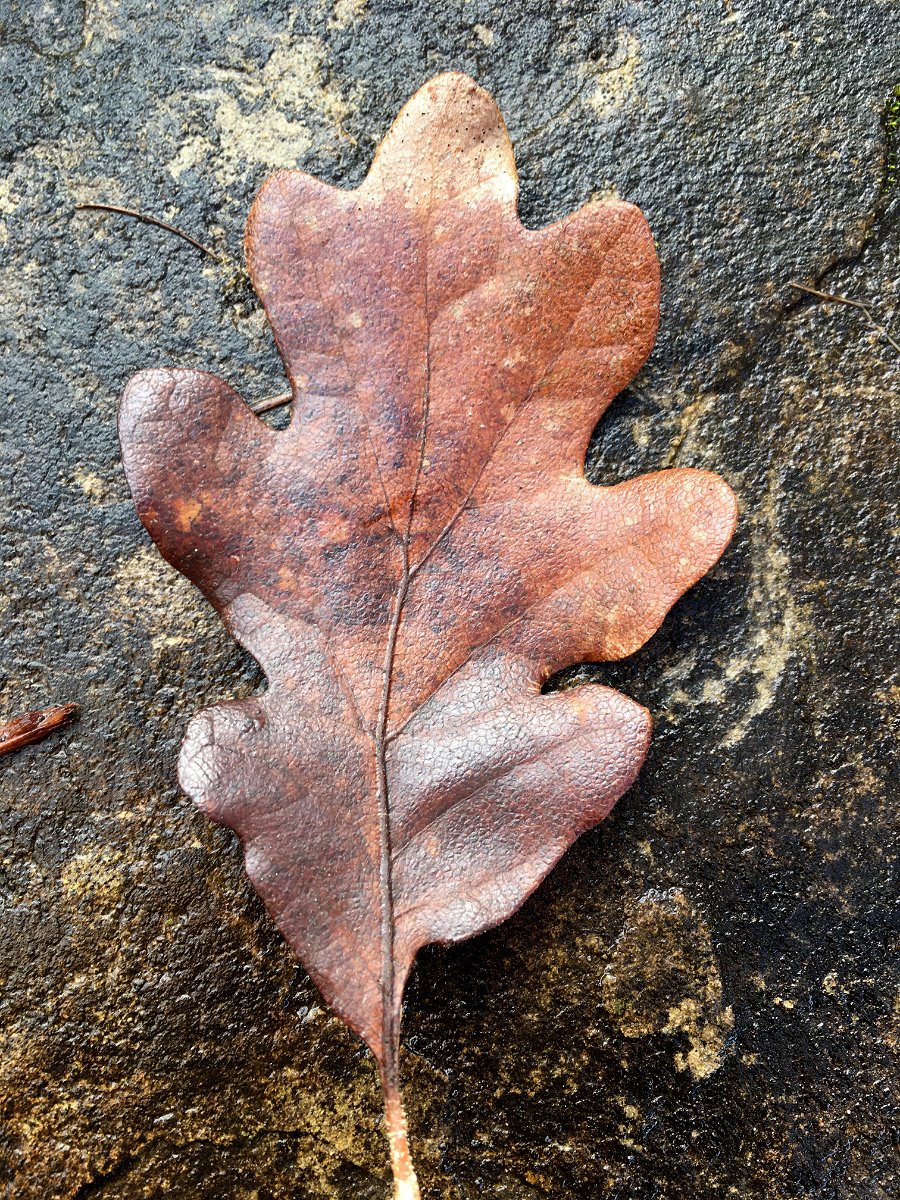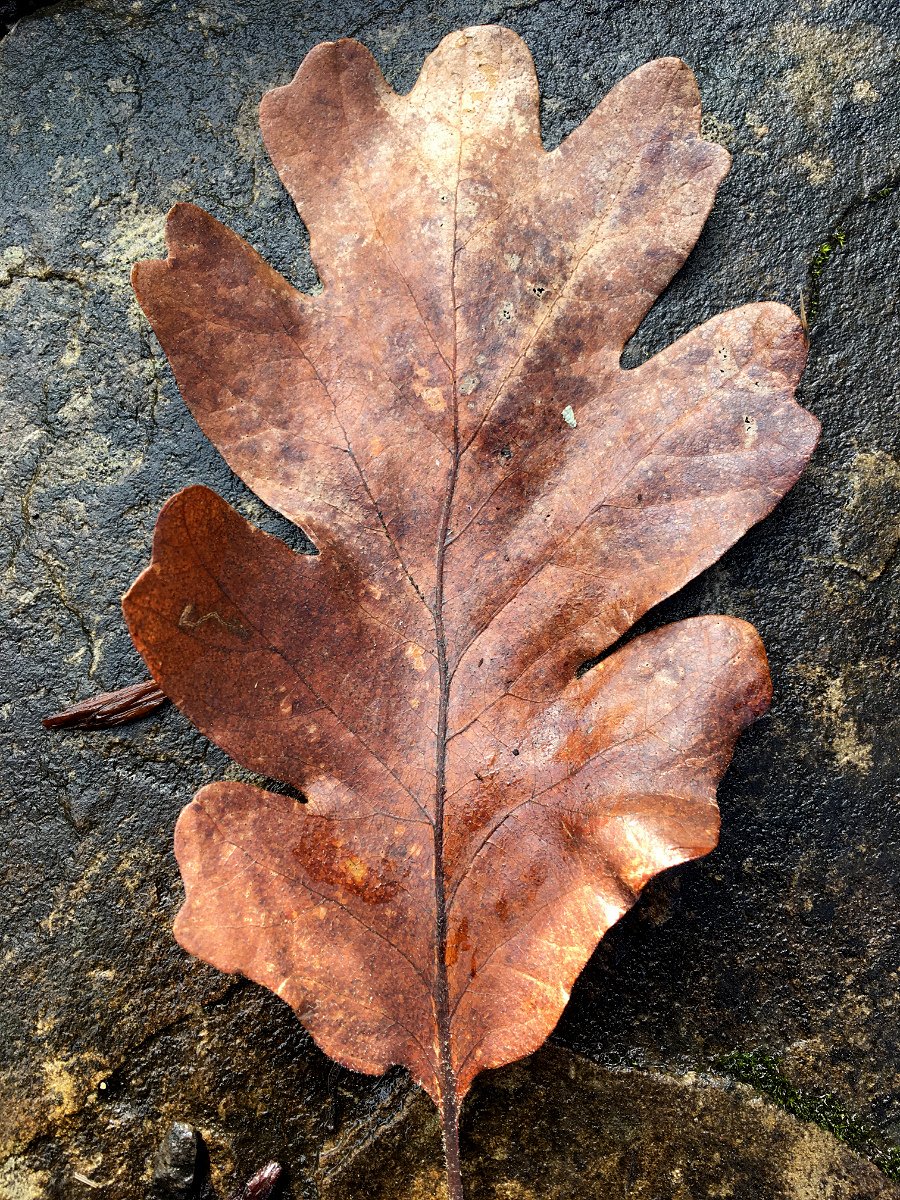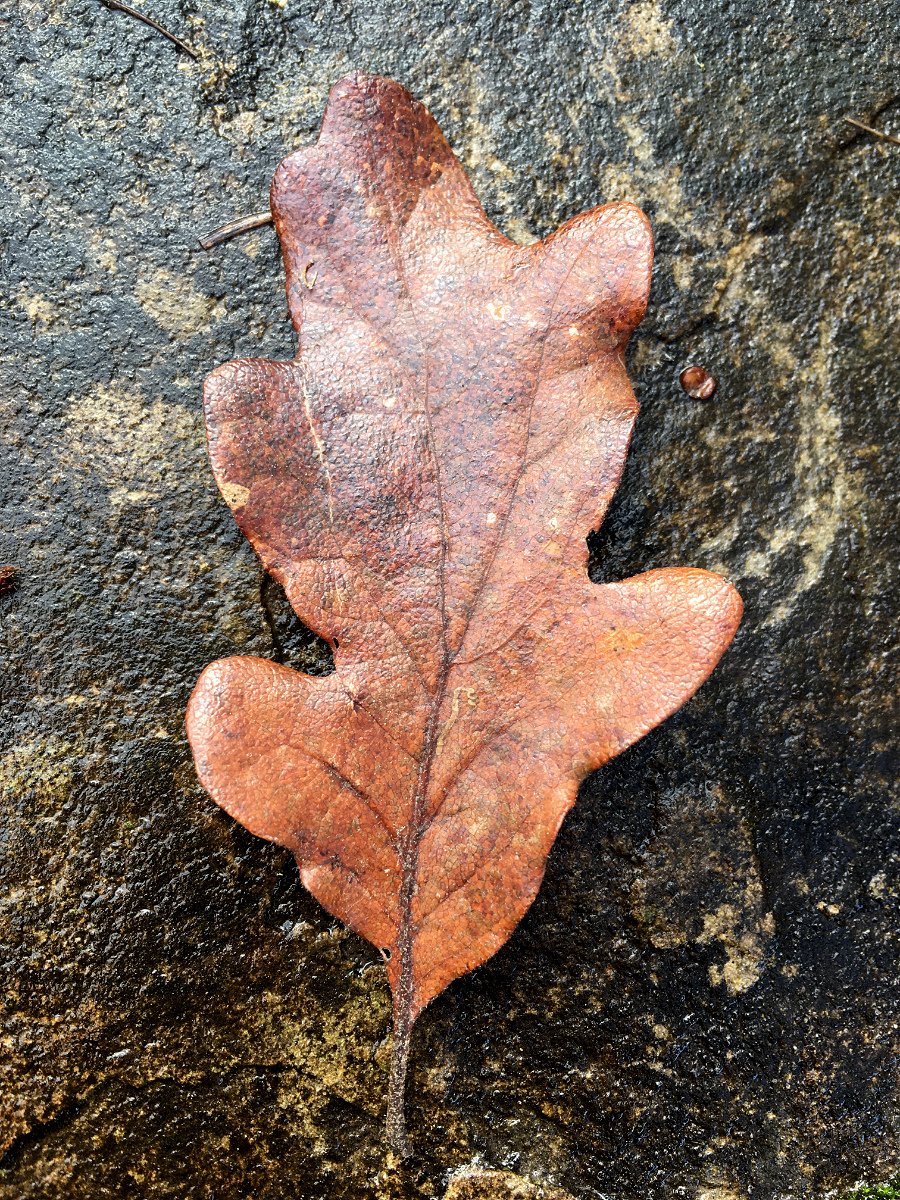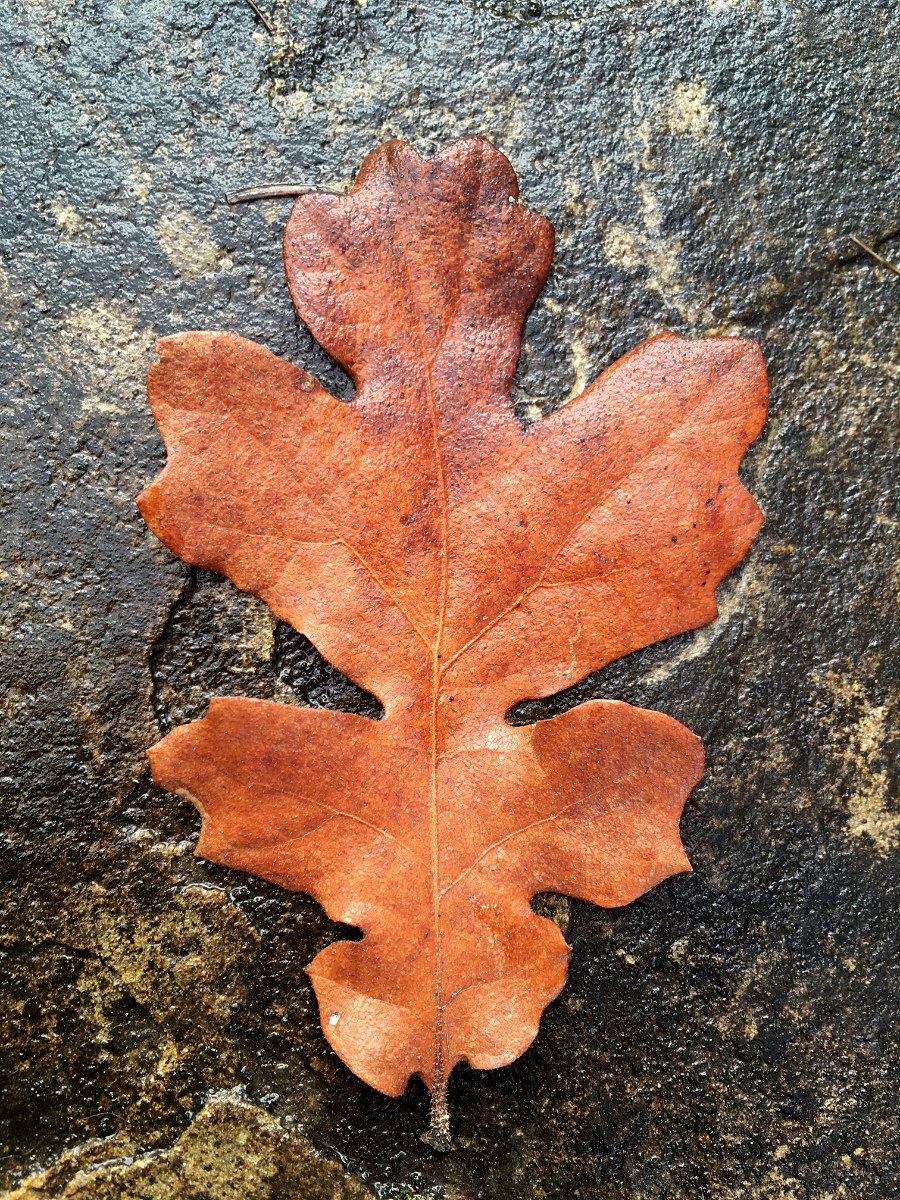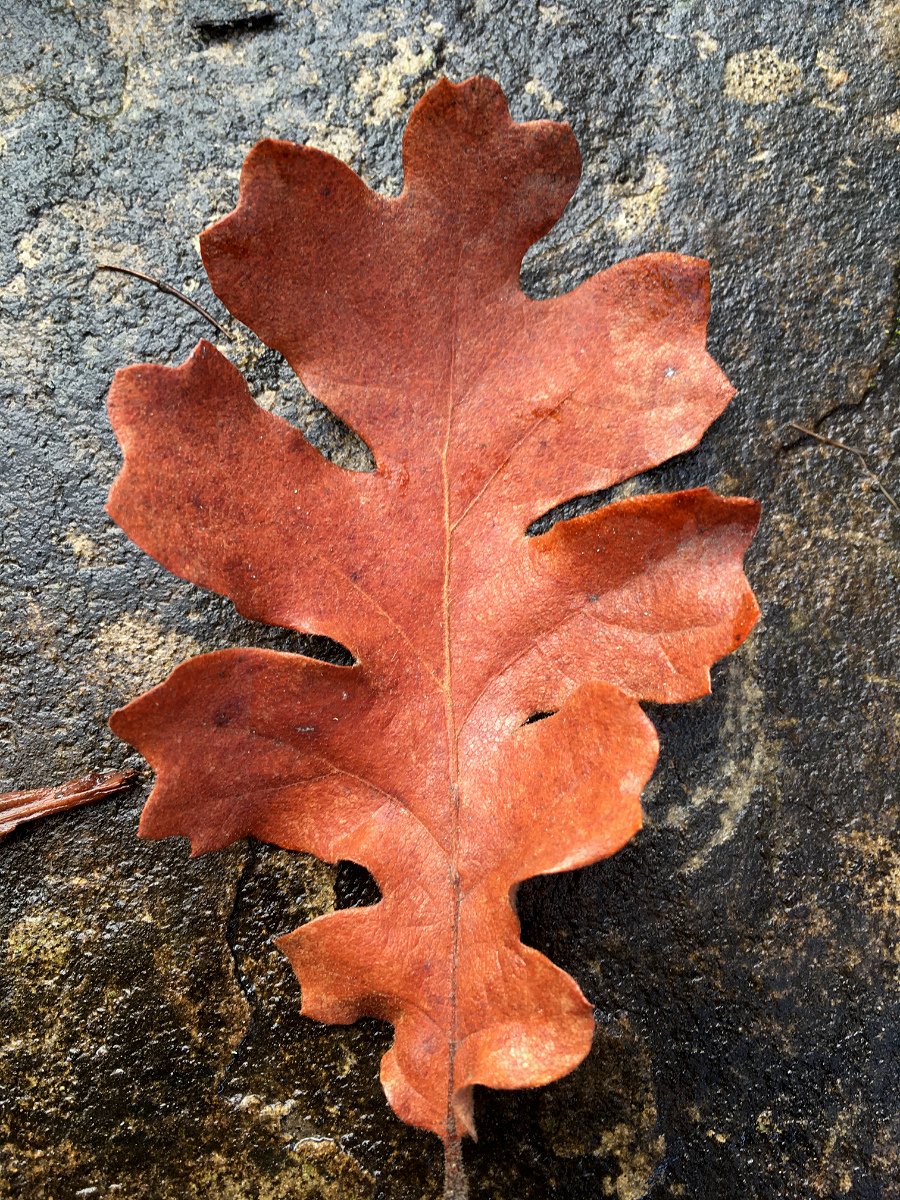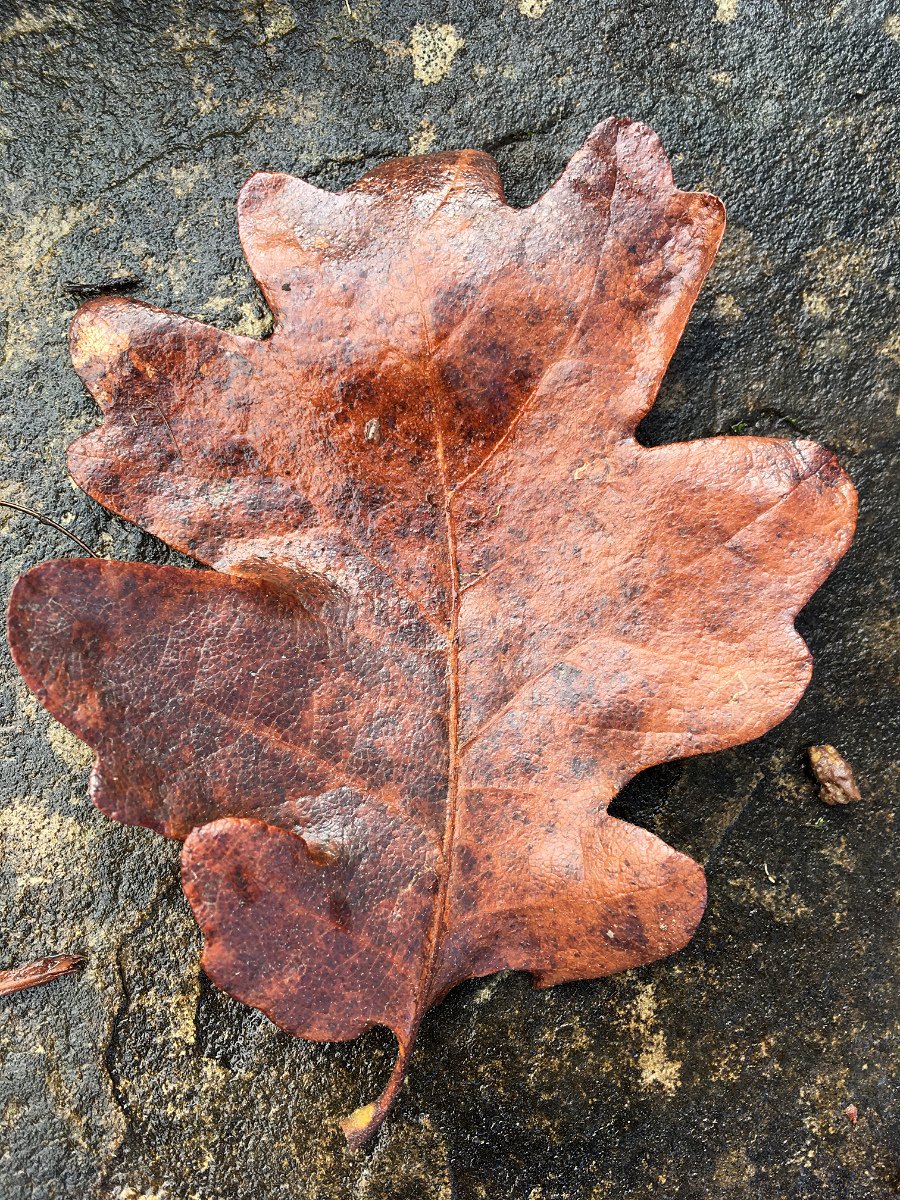Looking at August Jackson’s pamphlet Oak Gall Wasps of Mount Pisgah I find the California gall wasp (Andricus quercuscalifornicus). He describes it as “Very large, tan, ball-shaped galls on young twigs. Often remaining on twigs for a few years.” I have heard these referred to as oak apple galls and some of them certainly look like the color and shape of an apple as they begin to form. They are easy to find out at the arboretum.
I have been reading a book called The Nature of Oaks by Douglas W. Tallamy, and I just read this part of the book that talks about gall wasps. I decided to quote part of what he wrote in the book to make sure that the information was correctly passed on to you. I found this so unbelievably fascinating. Check it out.
“Most cynipid species, particularly those associated with oaks, have a complicated life history known as alternation of generations. The first generation is comprised entirely of parthenogenetic females—that is, females that can lay fertile eggs without mating with a male. That’s a handy trait to have because there are no males in this first generation. The adults and galls produced by the first generation have a morphology specific to each species. The second generation, in contrast, produces adults and galls that are entirely different from those of the first generation, and instead of just females, it yields both males and females that need to mate in the usual way to produce viable eggs. For the longest time, cynipid taxonomists thought the two generations were two different species, and you can hardly blame them; the cynipids in each generation looked entirely different from each other, as did their galls. I’m still not sure how, without the aid of the DNA analysis, taxonomists ever figured out that the wasps that looked one way in April and another way in June—and which produced vastly different galls—both belonged to the same species.
The diversity in gall size and shape is astonishing. I suppose it shouldn’t be, though; gall morphology is unique to each species, and most of the nearly 800 North American cynipids make two kinds of galls. That’s a lot of gall variation!”
Resource
Tallamy, Douglas W. The Nature of Oaks: The Rich Ecology of Our Most Essential Native Trees. Timber Press, 2021, page 61.




























